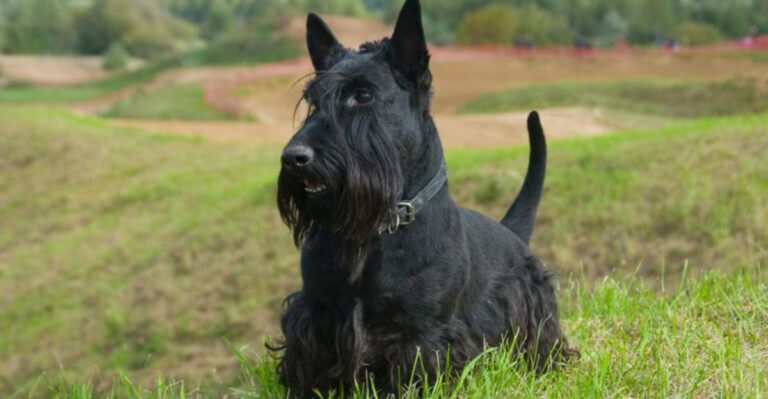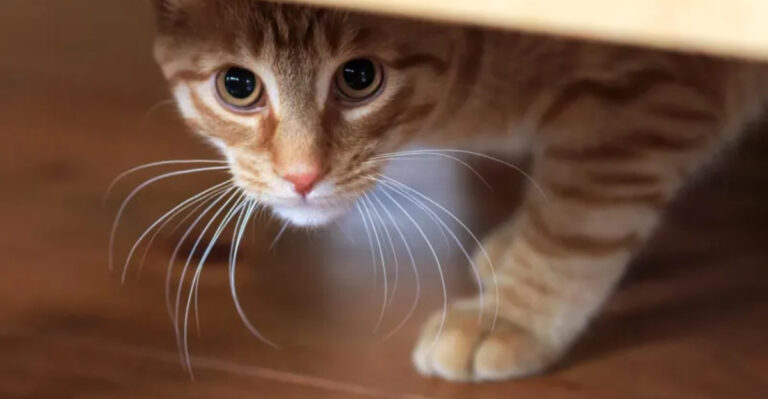15 Mistakes To Avoid When Introducing Your Dog To A New Pet
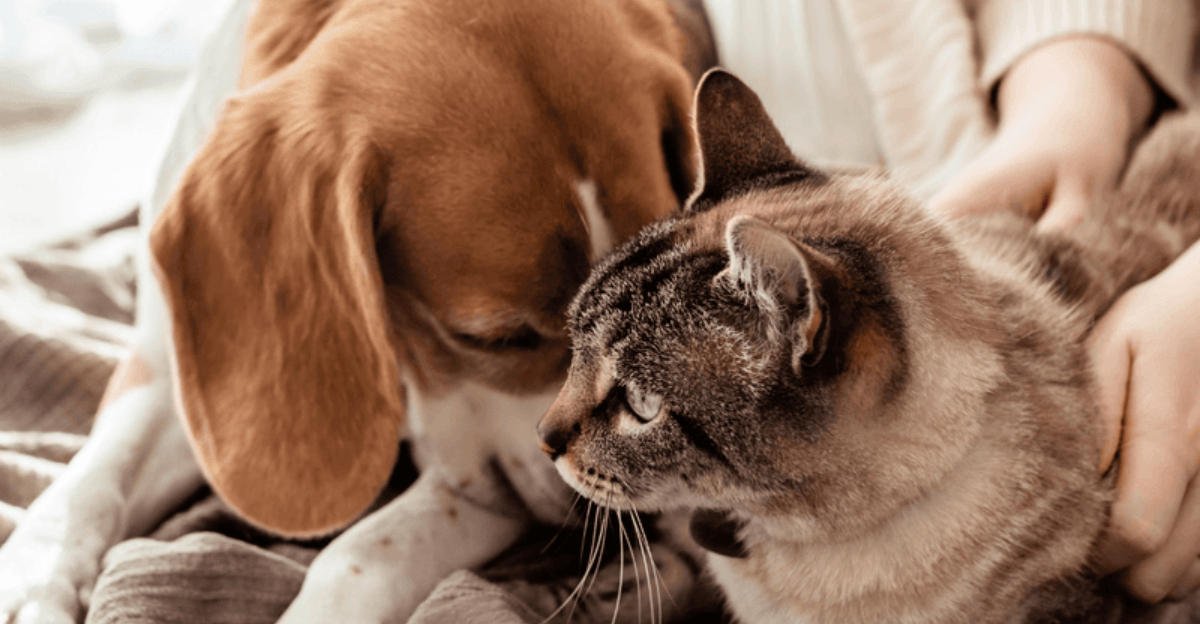
Bringing a new pet into your home is like adding a new member to the family. It’s exciting, it’s nerve-wracking, and, let’s be honest, it’s a bit of a circus!
But fear not, dear reader, for we’re here to guide you through the ringmaster’s routine with our top mistakes to avoid when introducing your dog to a new pet.
Expect some laughs, a few ‘aha’ moments, and plenty of practical tips to ensure a smooth transition.
1. Assuming Instant Friendship
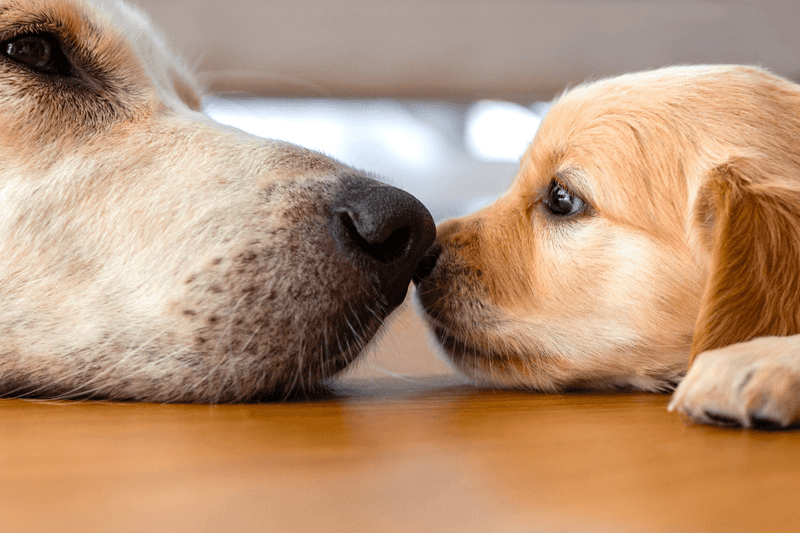
Picture this: two strangers meeting at a party. Awkward, right? Expect the same when your dog meets a new pet. Dogs and pets need time to adjust.
Rushing into interactions can lead to misunderstandings. Give them space to sniff, observe, and gradually warm up to each other.
Think of it as a slow dance where both partners must find the rhythm. Patience is key; let them take the lead at their own pace. Trust grows with time.
2. Ignoring Body Language
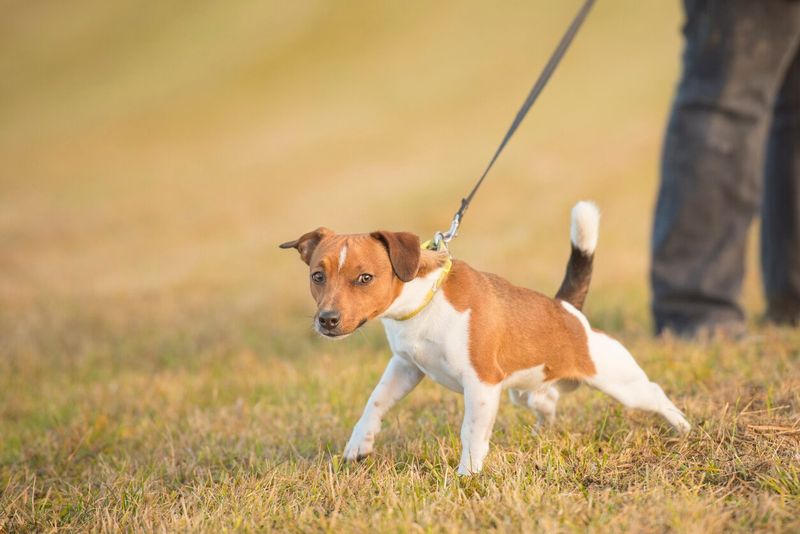
Imagine trying to communicate without words. Dogs do it daily! Observing their body language is crucial during introductions. Raised hackles, wagging tails, or a stiff stance speaks volumes.
Misreading these signs is like missing the plot twist in a movie. Watch closely; your dog will tell you how they feel.
Their body language can guide the next step in introductions. It’s the silent language of pets, so tune in.
3. Skipping Neutral Territory
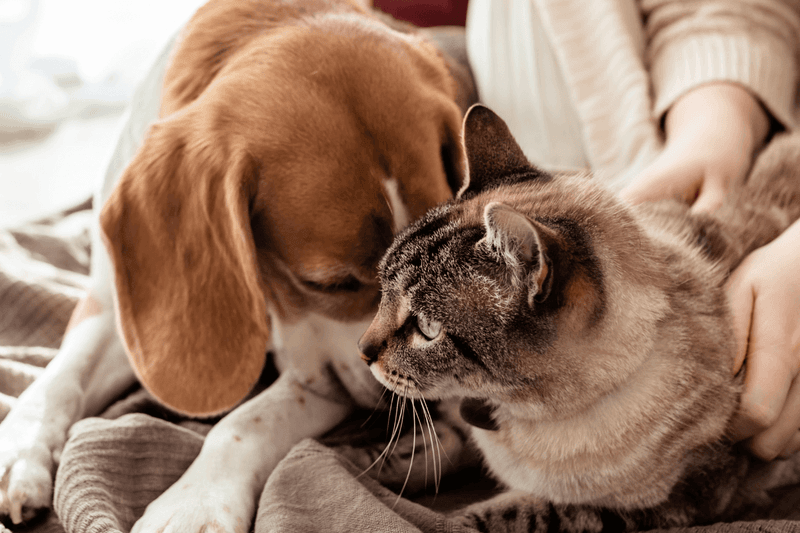
Ever had a turf war with a sibling? Dogs can relate! Introducing a new pet in your dog’s territory might spark rivalry. Instead, opt for neutral grounds like a park or a friend’s yard.
This way, neither feels they have the hometown advantage, easing tension. It’s like meeting in Switzerland – neutral, peaceful, and stress-free.
Once they’re buddies, you can bring them to your dog’s domain without drama.
4. Forgetting Supervised Interactions
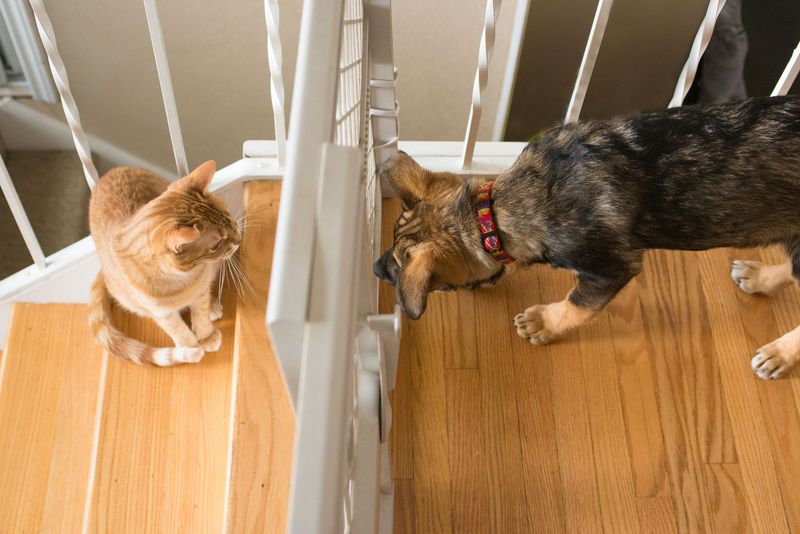
Remember the phrase ‘trust but verify’? It applies here too. Never leave your dog and new pet alone initially. Supervise their interactions to prevent any mishaps.
It’s like playing referee in a friendly match, ensuring fair play and safety. Supervision helps build trust and sets boundaries.
Over time, they’ll earn more freedom, but start with eyes wide open. Patience and supervision pave the way for harmony.
5. Neglecting Separate Spaces

Imagine sharing your room with a stranger on day one. Awkward, right? Pets feel the same! Providing separate spaces offers comfort and a sense of security.
A cozy bed or a quiet corner helps them unwind. It’s like having a personal retreat to recharge. As they grow comfortable, these spaces may merge, but starting separately ensures everyone feels safe and respected.
It’s a small step with a big impact.
6. Rushing Feeding Times

Ever tried sharing a meal with someone you just met? Tricky! Feeding is a personal time for pets. Start with separate bowls and distances to avoid food fights.
It’s a gradual process, much like learning to share popcorn at the movies. Over time, as trust builds, you can experiment with closer feeding setups.
Until then, think of it as dining solo with a potential friend a few tables away.
7. Overlooking Personality Differences

You’ve heard opposites attract, right? Not always, especially in the pet world. Understanding personality differences is vital. A hyper dog may overwhelm a chill guinea pig.
Tailoring interactions to suit individual temperaments can prevent stress. It’s like pairing an introvert with an extrovert at a party – balance is key.
Recognizing these differences fosters a better relationship and promotes peaceful coexistence between pets.
8. Disregarding Training Refreshers
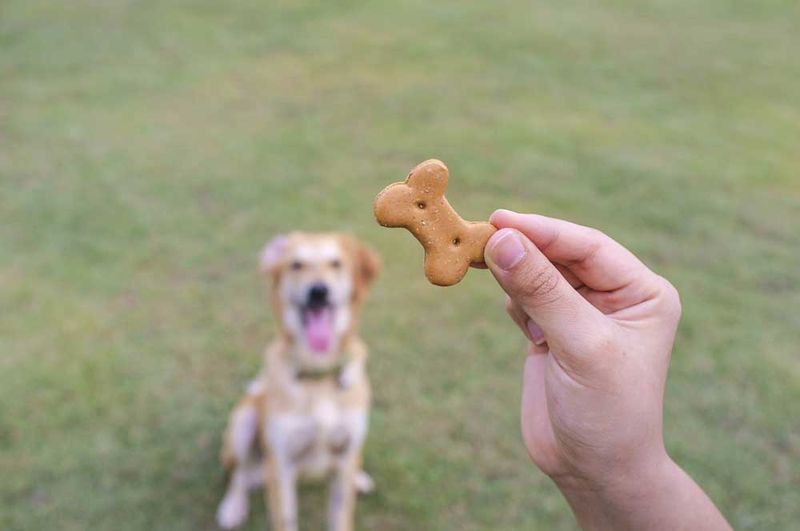
Even seasoned athletes need practice, and your dog is no different. Revisit basic obedience training before introducing a new pet.
Commands like ‘sit’ or ‘stay’ can prevent chaos during introductions. It’s a brush-up session to ensure everyone’s safety.
Think of it as a short refresher course, keeping skills sharp and behaviors in check. Training not only helps manage introductions but builds a stronger bond with your dog.
9. Ignoring Initial Reactions
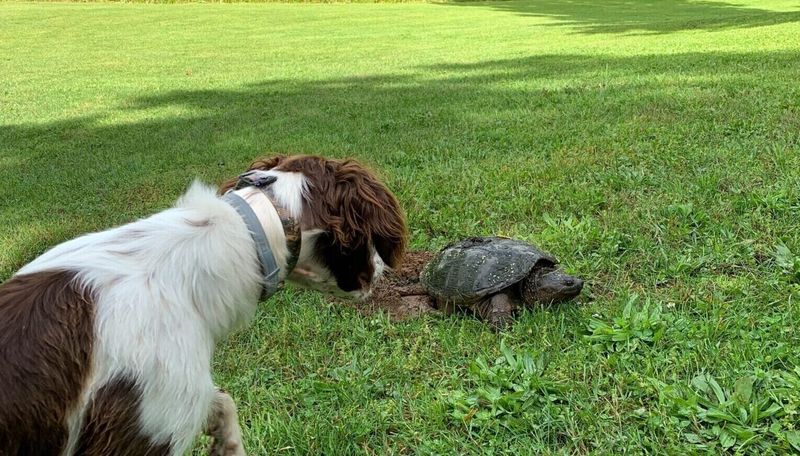
First impressions matter, even to pets. Your dog’s initial reaction to a new pet provides insights into future interactions.
A wagging tail or a curious sniff indicates interest, while growling may signal discomfort. These reactions are the first notes in a long symphony of friendship.
By observing, you can adjust the pace of introductions to suit your pets’ comfort levels. It’s all about reading and responding to these cues.
10. Allowing Unrestricted Access
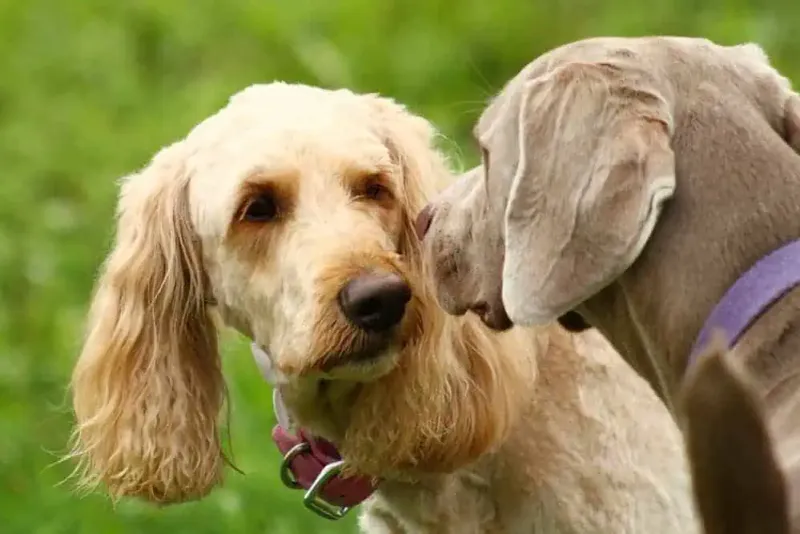
Like giving a toddler the keys to a candy store, unrestricted access to a new pet can lead to chaos. Use gates or barriers to control interactions initially.
It’s about setting boundaries until comfort levels rise. These physical barriers act as training wheels in their relationship, allowing safe observation without the risk of mishaps.
Over time, as familiarity grows, these gates will no longer be needed, but start with structure.
11. Skipping Vet Visits

Health checks are crucial, just like a pre-flight inspection before takeoff. Ensure both your dog and new pet are vet-checked before introductions. It’s about confirming health and preventing the spread of diseases.
A clean bill of health paves the way for a safe and enjoyable introduction. Skipping this step is like flying without a safety net. Make vet visits a priority for peace of mind and healthier interactions.
12. Neglecting Playtime Control
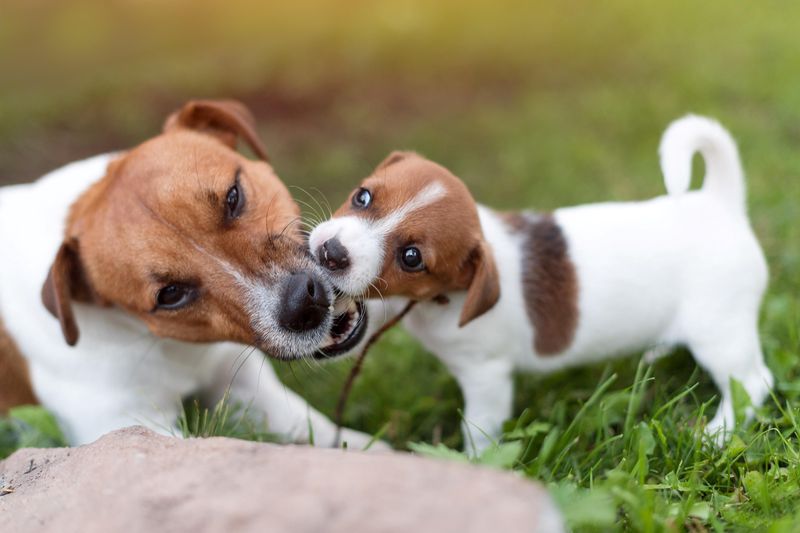
Ever seen a friendly wrestling match turn into a serious scuffle? Playtime can quickly escalate without control. Supervise closely, especially when energy levels spike.
It’s like being the umpire in a spirited game, ensuring fun doesn’t turn into a frenzy.
By setting playtime boundaries, you ensure both pets enjoy the interaction while staying safe. Remember, it’s all fun and games until someone gets too rowdy!
13. Overcomplicating Interactions
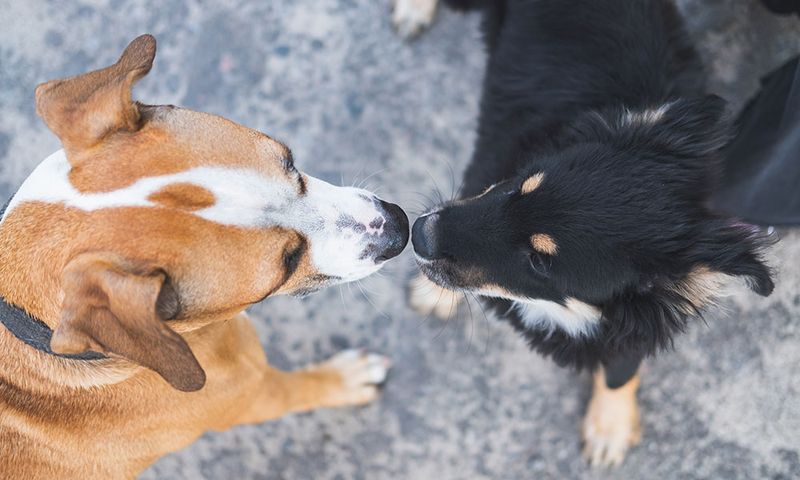
Sometimes, the simplest interactions are the most meaningful. Avoid over-scheduling activities as this can overwhelm both pets.
A quiet cuddle or a simple walk together often speaks louder than grand gestures. It’s about creating a calm environment where both feel at ease.
Think of it as a relaxing day at the spa rather than a packed itinerary. Let simplicity guide your interactions, allowing genuine bonds to form naturally.
14. Not Celebrating Small Wins
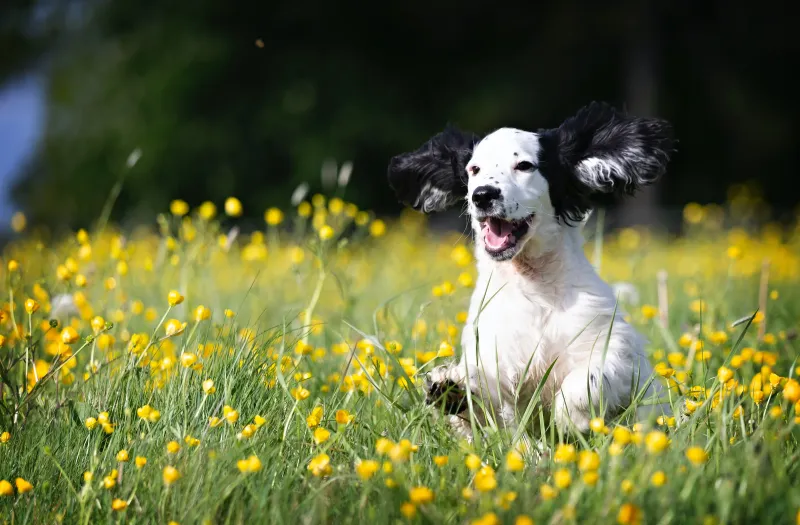
Every peaceful interaction is a win! Celebrate small victories like a shared blanket or a gentle nudge. These moments build confidence and trust between pets.
It’s like collecting stamps in a friendship passport, each moment marking progress. Recognizing these achievements encourages positive behavior and strengthens their bond.
So, throw a mini celebration for each milestone—it’s the little wins that lead to a harmonious household.
15. Expecting Overnight Success
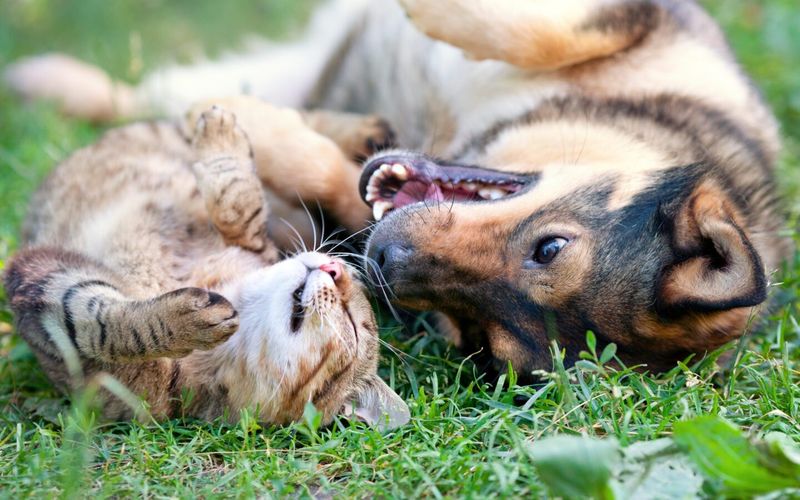
Great relationships aren’t built in a day, and neither are pet friendships. Expecting instant harmony sets you up for disappointment. Building trust takes time and patience.
It’s like crafting a fine wine – slow and steady wins the race. With each passing day, your dog and new pet will grow closer. Embrace the journey, and celebrate progress as it comes.
Remember, the best things in life take time!


